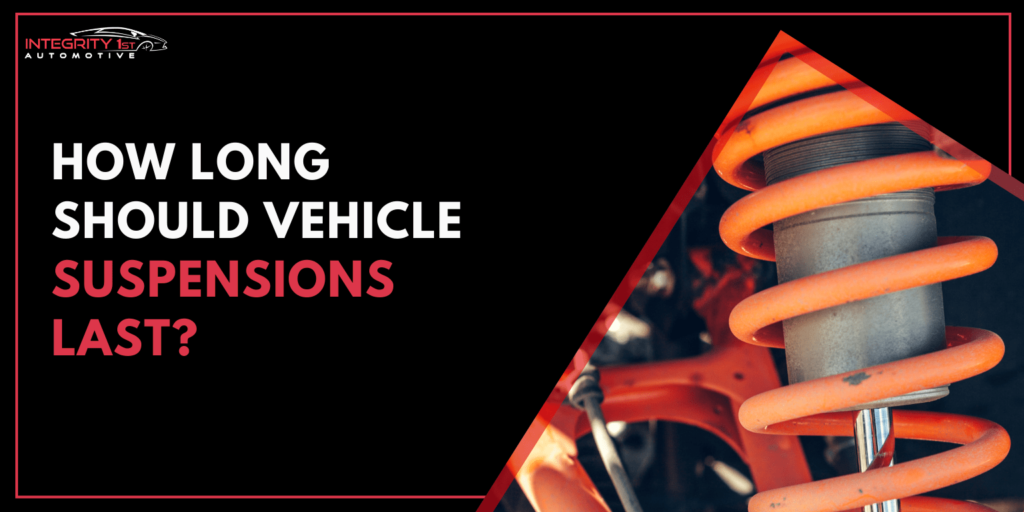
How Long Should Vehicle Suspensions Last?
If you are wondering how long your vehicle’s suspension system
Check Engine Light on? Don’t panic! Integrity 1st Automotive is your one-stop shop for a quick and accurate diagnosis. Our skilled technicians get you back on the road fast, with honest service that keeps your car happy.
At Integrity 1st Automotive, we understand the importance of keeping your tires in top condition. They’re the only things connecting your car to the road, so their safety and performance are crucial. That’s why we offer a comprehensive suite of tire services to ensure a smooth and confident ride
We take the hassle out of tire maintenance. From expert installations and repairs to routine upkeep like rotations, balancing, and pressure checks, we’ve got you covered. Our services extend to seasonal swaps for snow tires, ensuring your vehicle remains safe and performs at its best throughout the year. Our tire repair service ensures a thorough fix to get you back on the road with confidence. Here’s what you can expect:
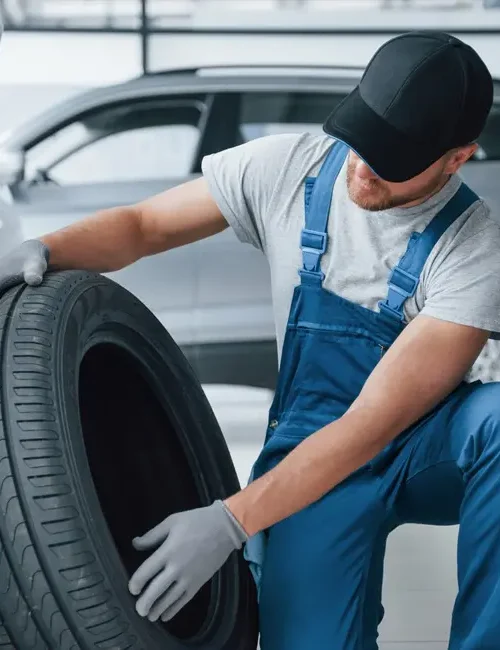
EXCELLENT
Your tires are the only things connecting your car to the road, so keeping them in top shape is crucial for safety. But how do you know when it’s time for a tire repair service? If you notice any of these signs, don’t delay! Visit Integrity 1st Automotive for expert tire repair and get back on the road safely.

Cracks or cuts on the sidewall weaken the tire and increase the risk of a blowout. Don't ignore this and get your tires checked by a professional.
If your tires are wearing unevenly, it suggests a problem with alignment, inflation, or the tires themselves. Uneven wear reduces traction and shortens the lifespan of your tires.
Reduced tread depth means less grip on wet or snowy roads. Check your tires using the penny or quarter trick. Replace them if the tread wears down to the indicators.
These bulges on the sidewall indicate internal damage and a potential blowout hazard. Don't hesitate to replace the tire immediately for safety reasons.
Tire vibration could signal misaligned wheels, unbalanced tires, or suspension issues. Don't ignore it, get your vehicle serviced promptly.
Ensure the longevity and safety of your tires by regularly checking for damage or uneven wear, maintain tire pressure as per your vehicle’s manual, and adjust servicing frequency based on your driving habits.
If you encounter rough roads or perform hard cornering often, consider more frequent rotations and alignments. Consult Integrity 1st Automotive for personalized guidance and service schedule to your specific needs and driving conditions. Here are general guidelines:
This depends entirely on when you get a puncture. If you have a flat tire, address it as soon as possible for safety reasons.
Generally, tire rotations are recommended every 5,000 to 7,000 miles. This helps ensure even wear and tear across the tread, extending the lifespan of your tires.
Balancing is typically recommended every 5,000 to 6,000 miles, or if you feel a vibration in your steering wheel or seat. Balancing ensures smooth operation and prevents uneven tire wear.
Alignment checks are recommended annually, or more frequently if you hit a curb, experience uneven tire wear, or notice your car pulling to one side while driving.
Manufacturers typically advise replacing tires every six to ten years, regardless of treadwear, as older tires are more prone to failure. You can easily determine the age of your tire.
When it comes to your tires, trust matters. Choose Integrity 1st Vehicle Care Services and experience the difference! We’ll keep you rolling safely and smoothly, mile after mile. Here what sets us apart:
Keep Your Ride Rolling Smoothly with Integrity 1st Automotive
We use only high-quality materials and employ ASE-certified technicians to ensure your tires are repaired or serviced to the highest standards.
Our technicians provide clear explanations and recommend the best tire repair or replacement options based on your needs. We believe in transparency and empower you with knowledge, ensuring informed decisions for your car's safety.
We offer comprehensive tire services – repairs, rotations, balancing, alignments and tire maintenance – all under one roof. Save time and get everything done in one place.
Schedule your vehicle's next service hassle-free with our convenient booking system. Expert care is just a click away.
Curious about repair costs? Receive a transparent estimate tailored to your needs. No surprises, just honest pricing.
Have questions or concerns? Our friendly team is ready to assist you. Reach out today for personalized assistance.
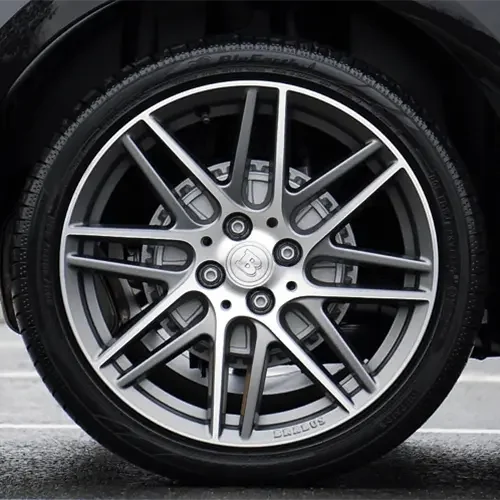
Generally, only punctures within the central tread area, and limited in size, can be safely repaired. Larger holes, sidewall damage, bulges, or severe wear and tear require a tire replacement.
Wheel servicing involves tasks such as tire installation with balancing and alignment, shocks and struts inspection, tire rotation for extended lifespan, and brake checks.
Replacing only the damaged tire may seem convenient, but it can lead to challenges in the future. When one tire has a different tread depth compared to the others, it can result in discrepancies in accelerating, braking, and cornering abilities. This imbalance can compromise vehicle performance and safety, making it advisable to replace tires in pairs or sets to maintain consistent traction and handling characteristics.
Patch is the more permanent solution, repairs the hole from the inside, considered a stronger fix for punctures on the inner liner. While plug, quicker repair for punctures limited to the tread, inserted from the outside, suitable for smaller holes.
Vehicle manufacturers typically advise tire replacement every six years, aligning with the expiration of tire manufacturers’ warranties. However, tire manufacturers themselves recommend replacement at the ten-year mark, irrespective of tread depth, to ensure optimal safety and performance.
The main part of a tire is the tread. Composed of rubber compounds, the tread is the portion of the tire that comes into direct contact with the road surface, providing traction, grip, and stability during vehicle operation.
Tire Pressure Monitoring System (TPMS) likely means one of your tires is low on air. Check all four tires (including the spare if it has a sensor) with a pressure gauge and inflate to the recommended PSI (usually found on a sticker in your driver’s door jamb). If the light stays on after inflating, have it checked by a mechanic as there might be a sensor issue.
Modern tires can last around 40,000 kilometers, a big improvement from the 32,000 kilometers they typically lasted in the 1970s. However, the lifespan of your tires depends on several factors, including: driving habits, road conditions, climate and maintenance.

If you are wondering how long your vehicle’s suspension system
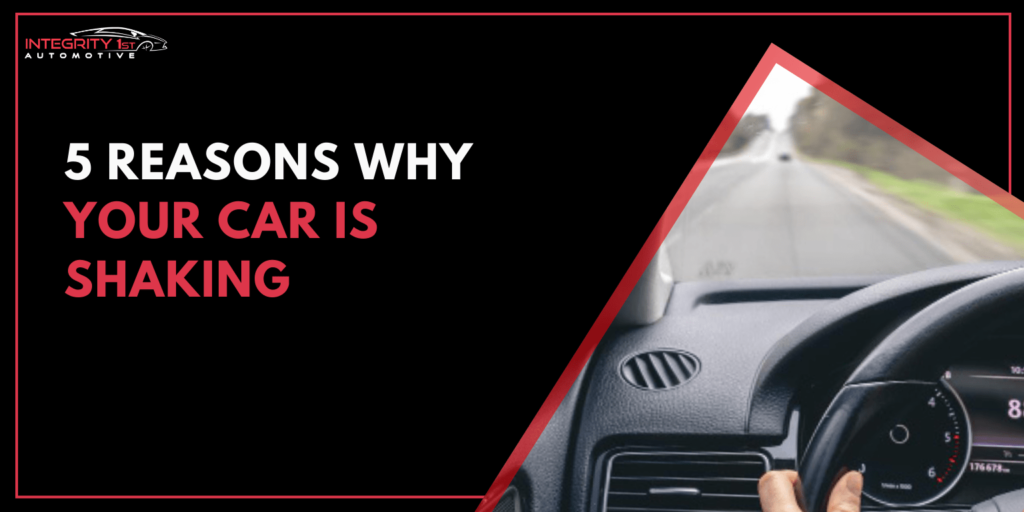
If you are asking yourself, “why does my car shake
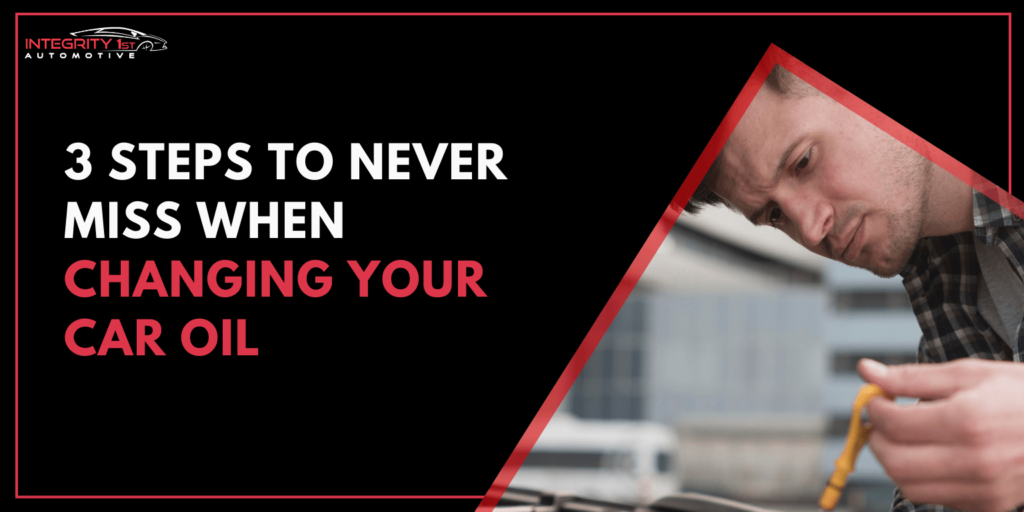
Did you know that failing to change your oil regularly

Integrity is doing the right thing, even when no one is watching. Whether you need an oil change, a new set of brake pads, a wheel alignment, or a diagnosis on that pesky check engine light – we do it all.
© 2025 Integrity 1st Automotive. All Rights Reserved.
Do You Like Coupons?
Sign up to receive 3 coupons each year!